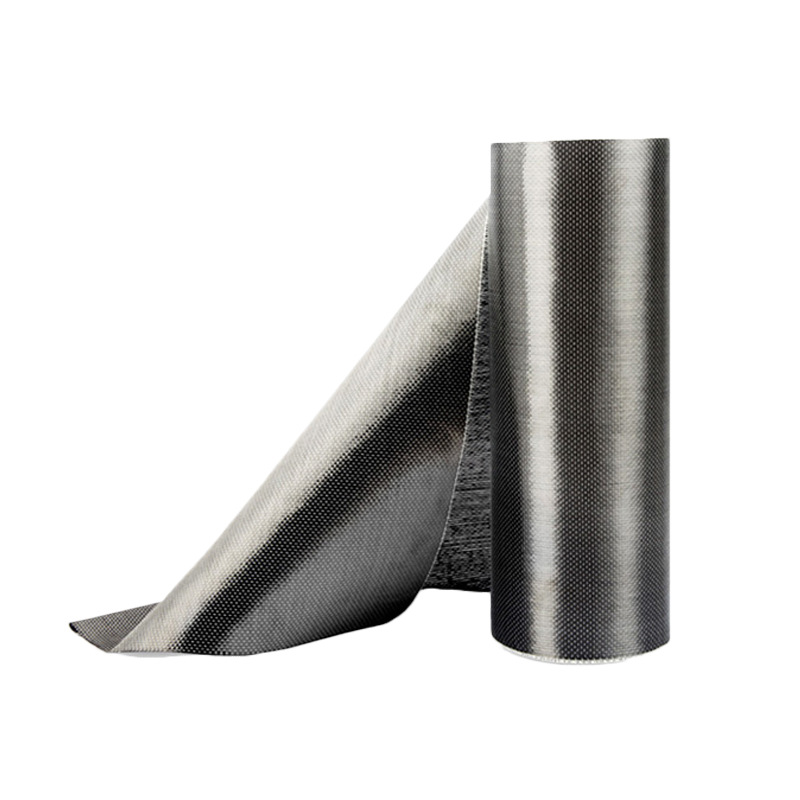can carbon fiber be recycled
- Sep-11-2025
- (40) Views
Yes,it can be recycled.
Carbon fiber, a high-performance, lightweight material, is widely used in a wide range of fields, including aerospace, automotive manufacturing, and sports equipment. However, with the widespread use of carbon fiber products, the recycling and disposal of discarded carbon fiber products has become increasingly prominent. Carbon fiber recycling not only effectively conserves resources but also reduces environmental pollution.
1. The Importance of Carbon Fiber Recycling
Carbon fiber offers numerous advantages, including light weight, high strength, and high-temperature resistance. However, its production cost is high, and it is difficult to degrade after disposal. Therefore, carbon fiber recycling is of great significance. First, recycling carbon fiber can save significant resources and reduce production costs. Second, carbon fiber recycling helps reduce environmental pollution and protect the ecological environment. Finally, carbon fiber recycling can promote the development of a circular economy and achieve sustainable resource utilization.
2. Carbon Fiber Recycling Methods
Mechanical Recycling
Mechanical recycling is one of the most commonly used carbon fiber recycling methods. This method primarily involves disassembling discarded carbon fiber products through crushing, screening, and washing to separate the carbon fibers. While mechanical recycling is simple and cost-effective, it can easily damage the carbon fibers during the recycling process, affecting their performance.
Chemical Recycling
Chemical recycling uses chemical methods to remove organic matter, such as resin, from discarded carbon fibers to produce pure carbon fibers. While this method effectively preserves the properties of the carbon fibers, it requires the use of large amounts of chemical reagents and can cause environmental pollution during the recycling process.
Pyrolysis Recycling
Pyrolysis recycles organic matter from discarded carbon fibers under high-temperature conditions to produce carbon fibers and combustible gases. This method allows for efficient carbon fiber recovery while simultaneously producing valuable gases, but requires significant equipment investment and energy consumption.
 English
English





